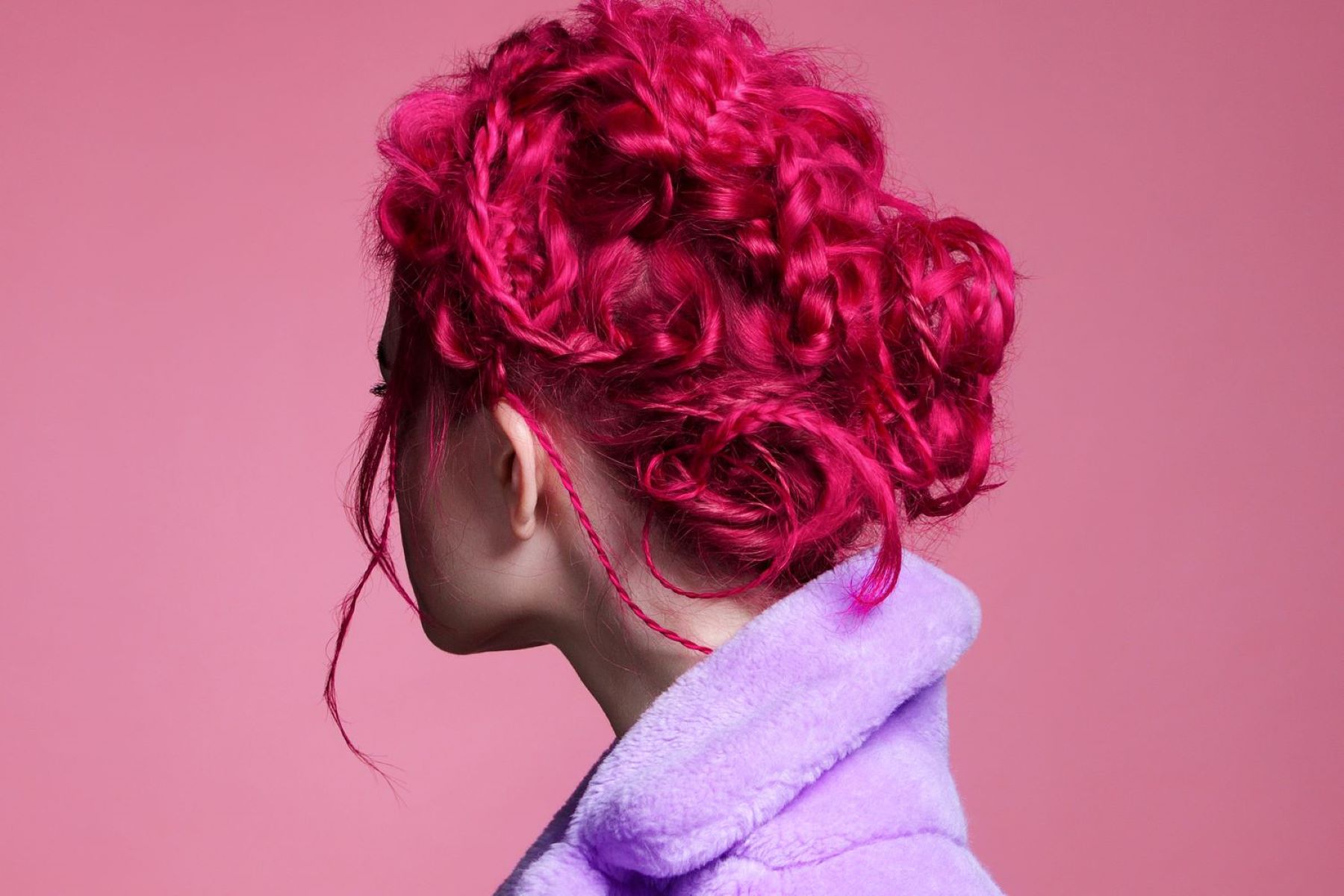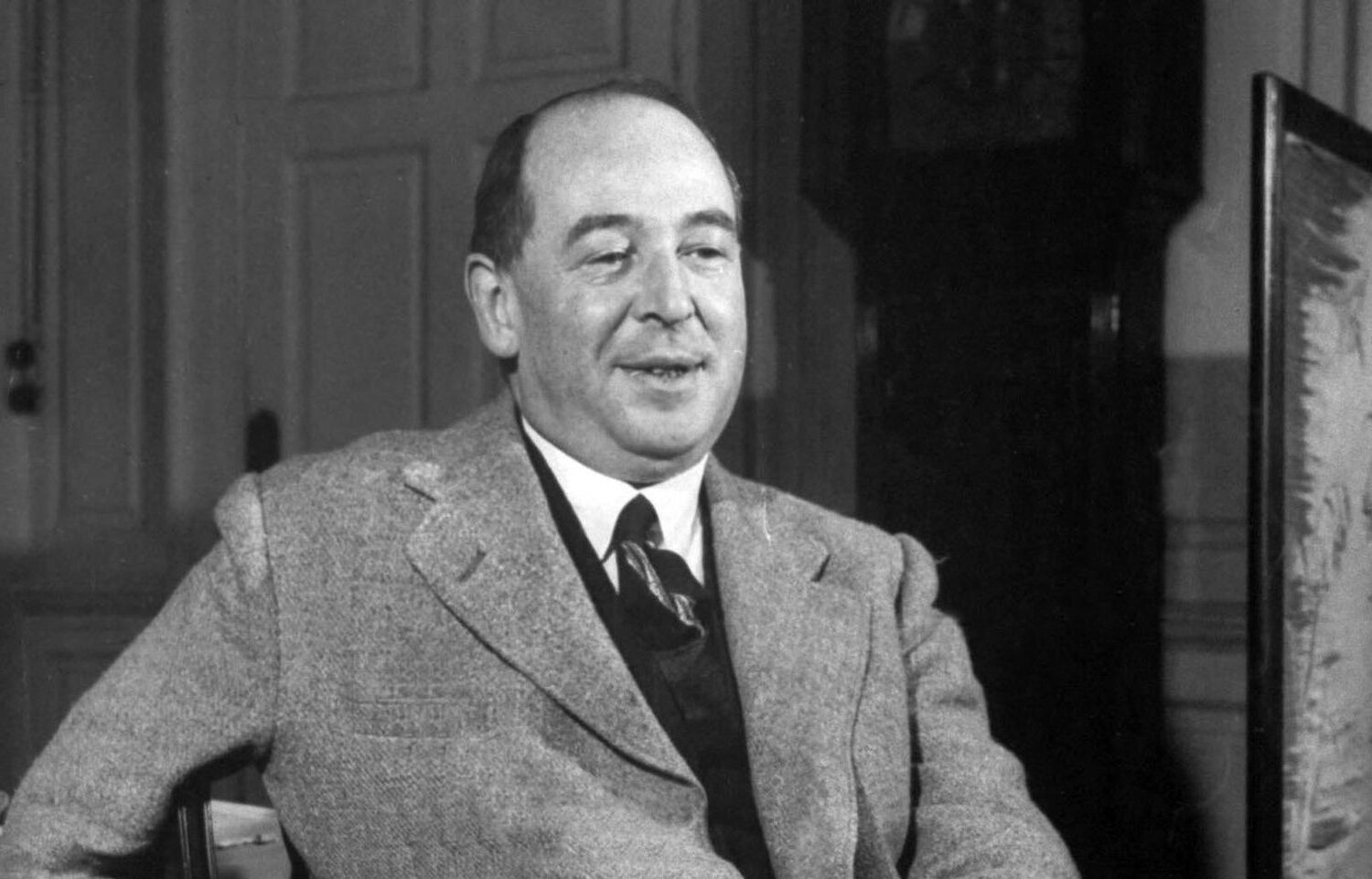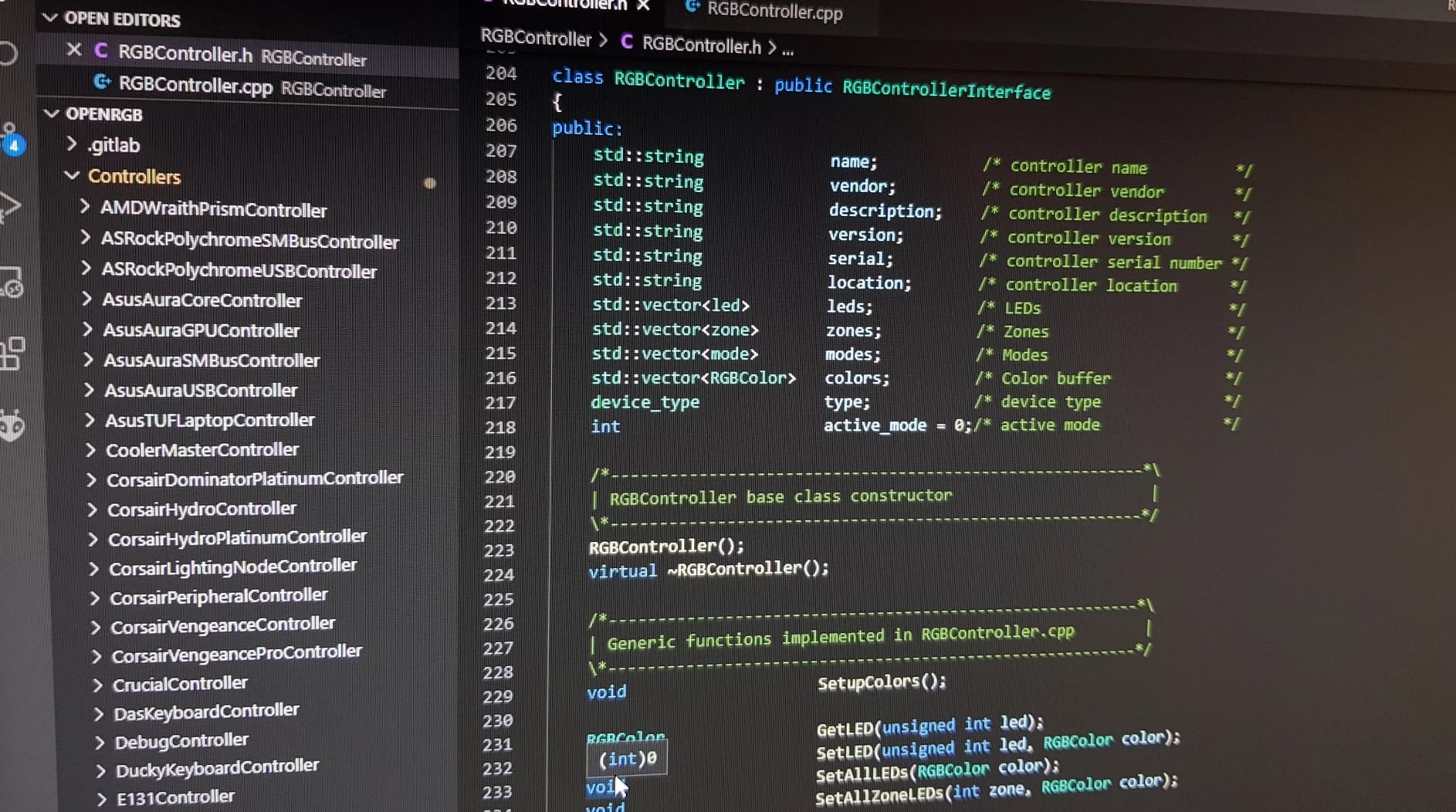
Dying your hair is a popular trend that allows you to express your individual style and experiment with different looks. Whether you want to cover up grays, try out a bold new color, or simply change up your appearance, dyeing your hair can be a fun and exciting process.
In this article, we will explore 15 fascinating facts about dying your hair. From the history of hair dye to the science behind it, we will delve into the truths and myths surrounding this transformative practice.
So, whether you’re curious about the process, considering dyeing your hair for the first time, or simply want to expand your knowledge on the topic, keep reading to discover some intriguing insights into the world of hair dyeing.
Key Takeaways:
- Hair dye has a long history, with ancient Egyptians and Romans using natural substances to change hair color.
- Choosing the right shade, understanding hair texture, and maintaining hair health are crucial when dyeing your hair. Always perform a patch test and take proper care of your dyed hair.
The History of Hair Dye
Did you know that hair dye has been used for centuries? Ancient Egyptians are believed to be the first to experiment with hair coloring using henna, while in ancient Rome, Greeks and Gauls used plant extracts and other substances to change the color of their hair.
Chemical Composition
Hair dye typically contains chemicals such as ammonia, hydrogen peroxide, and p-phenylenediamine (PPD), which help to penetrate the hair shaft and permanently alter its color. These chemicals can cause skin irritation and allergic reactions in some individuals, so it’s important to perform a patch test before applying hair dye to your scalp.
Semi-Permanent vs. Permanent Hair Dye
There are two main types of hair dye: semi-permanent and permanent. Semi-permanent dye coats the hair shaft and gradually fades with each wash, while permanent dye penetrates the hair shaft and remains until it grows out.
Color Depositing Shampoos
Color depositing shampoos are a temporary alternative to traditional hair dye. They contain pigments that can enhance or change the color of your hair with regular use. However, they do not contain chemicals that can lighten or bleach your hair.
Hair Dye and Gray Coverage
Many people turn to hair dye to cover their gray hair. It’s important to choose a hair dye that is specifically formulated to provide good coverage for gray hairs, as some dyes may not effectively cover them.
Hair Dye and Hair Texture
Hair dye can have different effects on different hair textures. Coarse or porous hair tends to absorb color more easily, while fine or smooth hair may require additional processing time to achieve desired results.
Choosing the Right Shade
It’s essential to choose the right shade of hair dye that complements your skin tone and features. Cool-toned individuals generally look better with ashy or cool shades, while warm-toned individuals might opt for warmer tones like caramel or honey.
Balayage and Ombre
Balayage and ombre hair coloring techniques have gained popularity in recent years. Balayage creates a natural-looking, sun-kissed effect by hand-painting highlights onto the hair, while ombre creates a gradient effect with darker roots transitioning to lighter ends.
Effects on Hair Health
Regularly dyeing your hair can affect its health. The chemicals in hair dye, particularly those used in permanent dyes, can cause dryness and damage to the hair. It’s essential to use deep conditioning treatments and limit heat styling to maintain healthy-looking hair.
Color-Fading Tips
To prevent your hair color from fading quickly, avoid excessive sun exposure and chlorine from swimming pools. Use color-safe shampoos and conditioners and wash your hair with cold water to help preserve the color.
Root Touch-Ups
As your hair grows, the natural color starts to appear at the roots. Regular root touch-ups are necessary to maintain a consistent hair color. You can either visit a salon or use at-home root touch-up products for convenience.
DIY vs. Salon Coloring
Deciding whether to dye your hair at home or visit a salon is a personal choice. DIY hair dye kits are more affordable and convenient, while salon coloring offers professional expertise and personalized results.
Temporary Hair Color Products
If you’re hesitant about committing to a permanent hair dye, temporary color products like hair chalk, sprays, and gels allow you to experiment with different colors without the long-term commitment.
Hair Dye and Allergies
Some individuals may experience allergic reactions to hair dye ingredients like PPD. It’s crucial to perform a patch test before each application to check for any adverse reactions or consult a dermatologist if you have a history of allergies.
Color Correction
If you’re dissatisfied with the outcome of your hair dye or if you want to change your hair color drastically, seeking professional help for color correction is recommended. Correcting hair color can be a complex process that requires expertise.
Conclusion
In conclusion, dying your hair can be a transformative and exciting experience. Whether you’re looking to switch up your style, cover up gray hair, or express your creativity, there are a plethora of options available to suit your needs. However, it’s essential to be aware of the potential risks and take proper precautions when dyeing your hair to maintain its health and integrity. Consulting with a professional hairstylist, conducting patch tests, and following the instructions provided by the dye manufacturer are crucial steps in ensuring a successful hair dyeing experience. Remember, hair dyeing is a personal choice, so have fun exploring different colors and styles while taking care of your hair!
FAQs
1. Is it safe to dye my hair at home?
While dyeing your hair at home is common, it’s essential to take proper precautions. Follow the instructions provided by the dye manufacturer, conduct a patch test beforehand, and avoid leaving the dye on for longer than recommended to minimize the risk of damage.
2. How often can I dye my hair?
It’s generally recommended to wait around six to eight weeks between dyeing sessions to give your hair time to recover and minimize damage. Additionally, regular deep conditioning treatments can help nourish and restore your hair’s health.
3. Can I dye my hair if I have allergies?
If you have known allergies or sensitivities to hair dye, it’s crucial to be cautious. Conduct a patch test at least 48 hours before dyeing your hair to check for any adverse reactions. It’s also advisable to consult with a professional hairstylist who can suggest alternatives or gentle dye options suitable for sensitive individuals.
4. Will dyeing my hair damage it?
While some damage is inevitable when dyeing hair, proper preparation and aftercare can help minimize the potential harm. Using quality dye products, deep conditioning regularly, and avoiding excessive heat styling can help maintain the health and integrity of your hair.
5. Can I dye my hair if it’s already damaged?
If your hair is already damaged, it’s recommended to prioritize its health before dyeing. Consult with a hairstylist who can assess the condition of your hair and suggest ways to repair and strengthen it before undergoing any dyeing process.
Was this page helpful?
Our commitment to delivering trustworthy and engaging content is at the heart of what we do. Each fact on our site is contributed by real users like you, bringing a wealth of diverse insights and information. To ensure the highest standards of accuracy and reliability, our dedicated editors meticulously review each submission. This process guarantees that the facts we share are not only fascinating but also credible. Trust in our commitment to quality and authenticity as you explore and learn with us.


